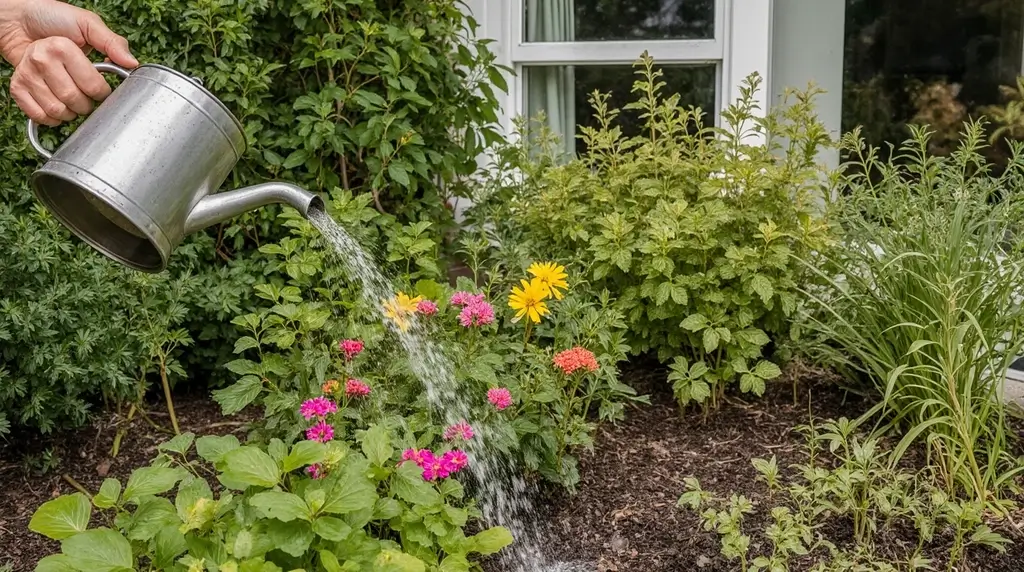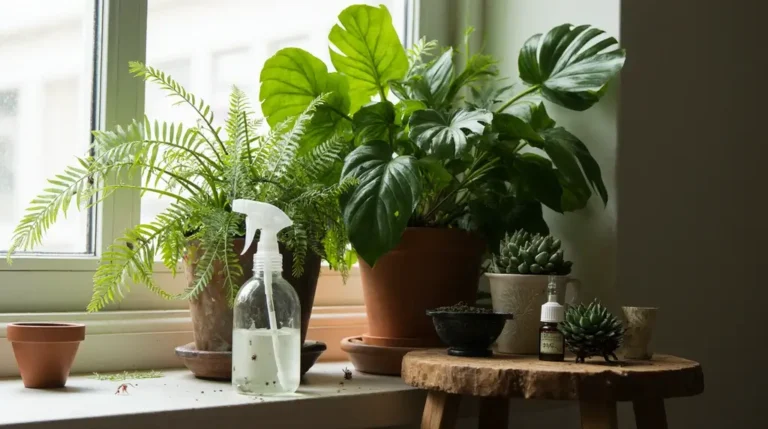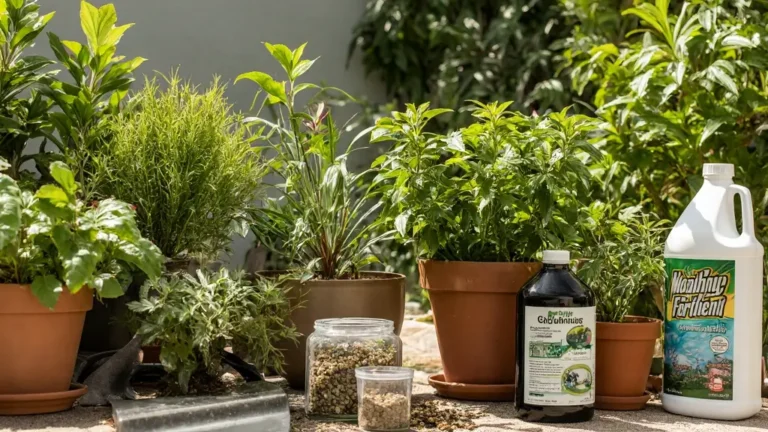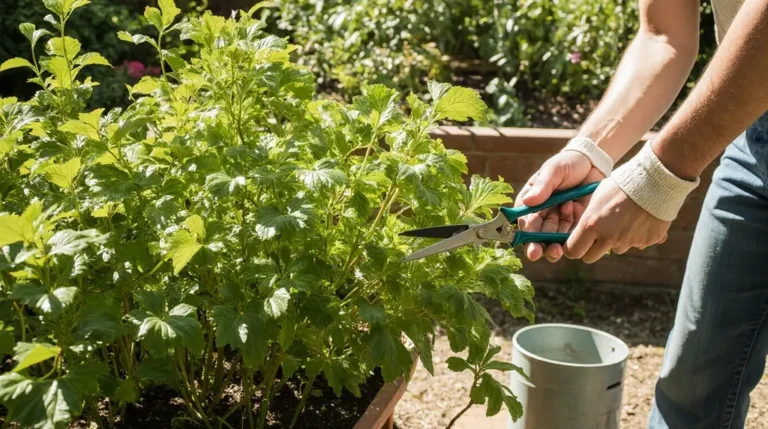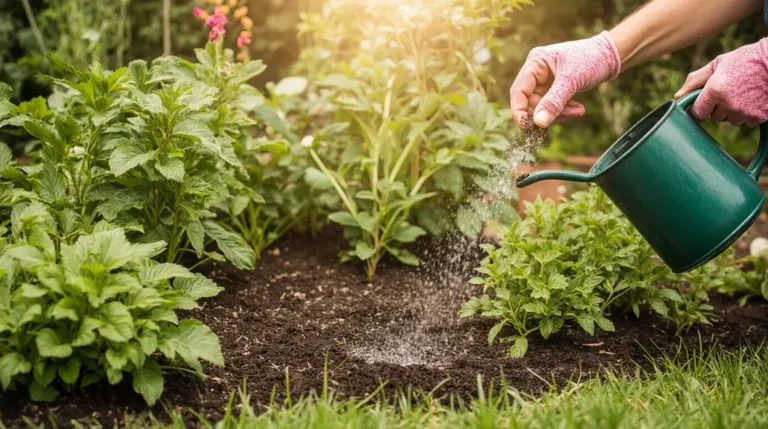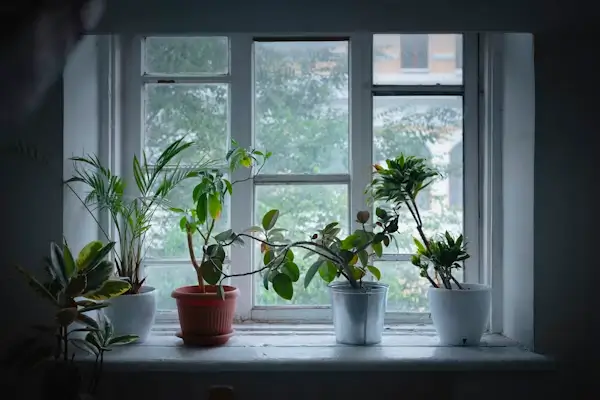The Ultimate Guide to Watering Your Plants: Tips for Every Season
Table of Contents
Introduction
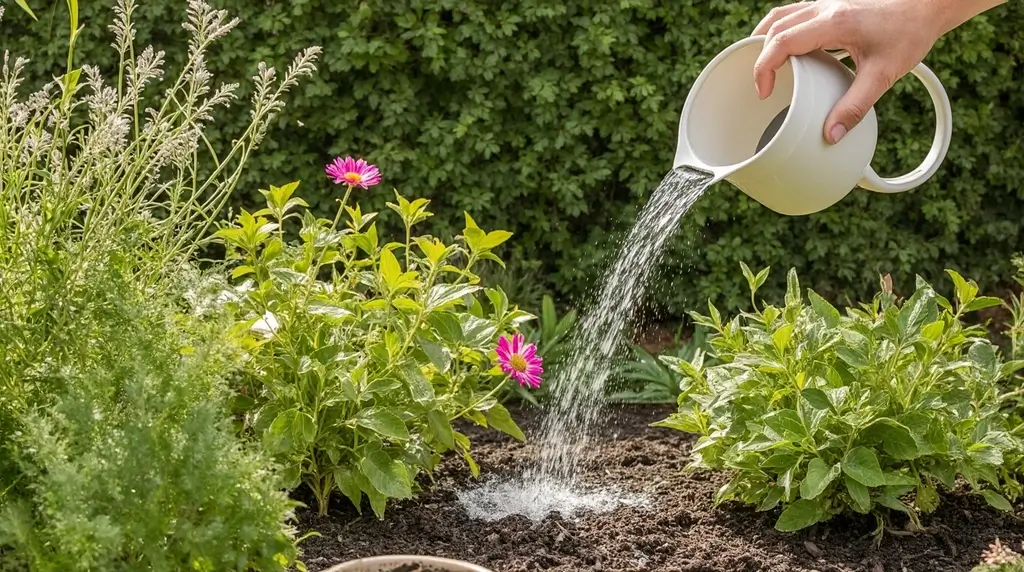
Let’s be honest – we’ve all been there. You bring home that gorgeous plant from the nursery, full of hope and Instagram-worthy dreams, only to watch it slowly turn into a crispy shadow of its former self. Or maybe you’re the opposite type (like me for the longest time) who drowns every plant with love… and way too much water. ✨ Looking to take your plant care to the next level? Check out our handy product that makes maintaining healthy, thriving plants easier than ever.
The truth is, watering your plants properly is kinda like learning to cook – it seems simple until you realize there’s actually a whole science behind it. But don’t worry! I’m here to break it down for you in a way that won’t make your eyes glaze over. Think of this as your friendly neighborhood plant whisperer sharing all the secrets I’ve learned (often the hard way). get more about Save Dying House Plants;
Why Getting Watering Right Actually Matters
Okay, so here’s the thing about water and plants – it’s not just about keeping them from looking sad and droopy. Water is basically your plant’s Uber driver, carrying all the good stuff (nutrients, minerals, you name it) from the roots up to where it’s needed. Plus, it keeps everything plump and happy, helps with that whole photosynthesis thing we learned about in school, and even works like a built-in air conditioner.
When you mess up the watering game, things can go south pretty quickly. We’re talking root rot (ew), yellow leaves, stunted growth, and basically rolling out the red carpet for every pest in the neighborhood. Trust me, I’ve seen spider mites throw parties on stressed-out plants, and it’s not pretty.
Spring Watering: Time to Wake Up, Sleepyheads!
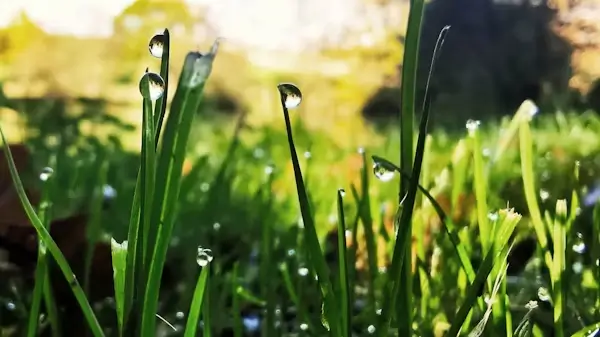
Your Plants Are Stretching and Yawning
Spring is like that moment when your plants finally hit the snooze button one last time and decide to get out of bed. After months of basically hibernating, they’re suddenly ready to grow like crazy. This is when watering your plants gets interesting because they’re going from “meh, whatever” to “FEED ME SEYMOUR” pretty quickly.
Here’s what I’ve learned: start slow and build up. Don’t go from winter’s barely-there watering schedule straight to daily drenching. Your plants need time to adjust, just like you need time to adjust to daylight saving time (ugh, why is that still a thing?).
The best plant watering tips I can give you for spring? Do the finger test – stick your finger about 2-3 inches into the soil. If it’s still cold and soggy down there, hold off. If it’s starting to dry out, go for it. Your plants will thank you.
Soil Temperature is Your Friend
Here’s something nobody tells you when you start gardening – cold soil is like trying to drink a thick milkshake through a tiny straw. Everything moves slower, including water absorption. So even though your plants might look ready to party, their roots are still wearing winter coats.
For container plants, try moving them to a sunnier, warmer spot. For your outdoor garden, mulch is your best friend – it’s like giving your soil a cozy blanket that helps everything warm up at a reasonable pace.
Summer Watering: The Championship Round
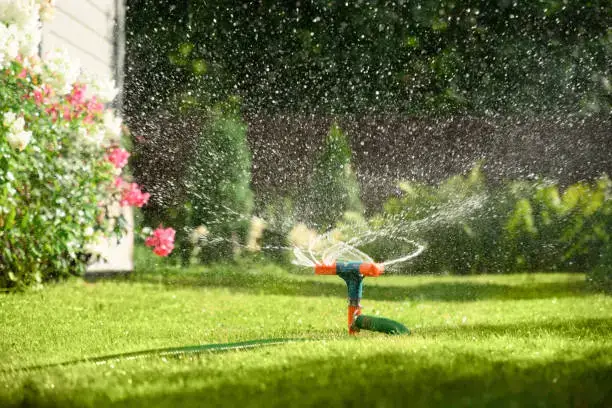
Time to Get Strategic
Summer watering is where things get real. It’s like your plants are running a marathon in Death Valley while wearing winter coats. The sun’s blazing, the wind’s whipping, and everything’s trying to turn into plant jerky if you’re not careful.
Seasonal plant care in summer means getting up early (I know, I know, but hear me out). Water between 6-10 AM when it’s still cool and your plants can actually use the water instead of watching it evaporate into thin air. Evening watering might seem logical, but trust me – wet leaves overnight are like sending out party invitations to every fungus in town.
Go Deep or Go Home
Forget those little sprinkles you might be tempted to give your plants every day. That’s like giving someone dying of thirst tiny sips of water – it’s just mean. Instead, give them a good, deep drink 2-3 times a week.
Think of it this way: shallow watering creates lazy plants with roots that never venture far from the surface. Deep watering creates tough, independent plants with roots that can handle whatever Mother Nature throws at them. It’s like the difference between helicopter parenting and raising kids who can actually do their own laundry.
When Things Go Wrong
Your plants will tell you when they’re struggling – you just need to learn their language. Wilting in the afternoon heat? Normal. Wilting first thing in the morning? Houston, we have a problem. Yellow leaves, brown crispy edges, or that generally “I’ve given up on life” look means it’s time to step up your game.
Fall Watering: Getting Ready for the Long Nap
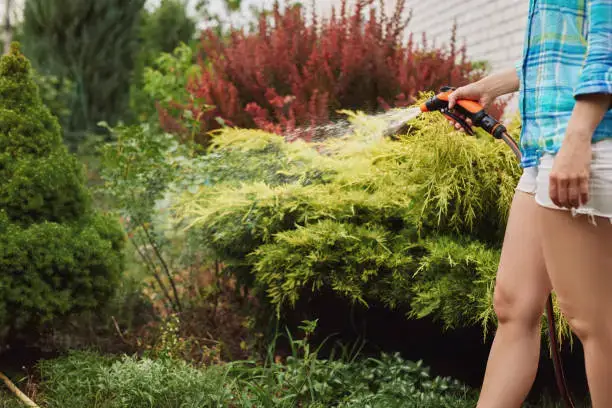
Transition Time is Tricky
Fall is basically your plants’ way of saying, “Okay, party’s over, time to get ready for bed.” They’re slowing down, getting ready for winter’s big sleep, but they still need some TLC. It’s like helping a toddler wind down for naptime – you can’t just suddenly stop everything, but you need to dial it back.
This is actually a great time to give established plants one last really good drink before the ground freezes. Think of it as stocking the pantry before a long winter. Your trees, shrubs, and perennials will wake up next spring in much better shape if they go to bed well-hydrated.
Focus on What Matters
In fall, your plants are basically putting all their energy into their roots and storing up for winter. So forget about trying to keep the leaves looking perfect – focus your watering efforts on the root zone where all the real action is happening.
If you’ve got new plants (the poor things), they need extra attention during their first fall. It’s like being the new kid at school – they need a little extra support to make it through.
Winter Watering: Don’t Forget Your Indoor Buddies
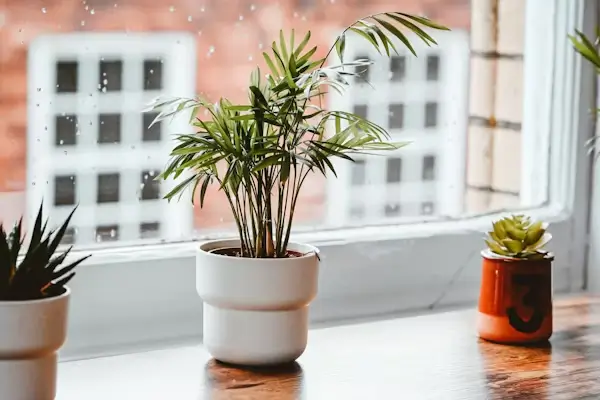
Houseplants Need Love Too
Winter indoor plant care is where I used to mess up constantly. I’d think, “Oh, they’re inside where it’s warm, they must need lots of water!” Wrong! Winter houseplants are basically in energy-saving mode. They’re growing slowly, the air is dry (thanks, heating system), and they definitely don’t need the same amount of water they wanted in July.
The trick is to check, don’t guess. Most of my houseplants are happy if I let them dry out a bit between waterings in winter. Overwatering in winter is like giving someone a heavy meal right before bed – it just doesn’t end well.
Don’t Completely Forget the Outdoors
Your outdoor plants might be sleeping, but they’re not dead. Evergreens especially are still doing their thing all winter long, just in slow motion. If you’re having one of those weird warm spells in January (thanks, climate change), give them a little drink. Just don’t water when it’s freezing – nobody wants ice cubes for roots.
Getting the Timing Right
It’s All About Reading the Room
Here’s the thing about watering frequency – there’s no magic formula that works for everyone. It’s like asking, “How often should I eat?” Well, it depends on a lot of things, doesn’t it?
Clay soil holds onto water like a sponge, while sandy soil lets it drain away faster than you can say “drought.” Terra cotta pots are basically water thieves, while plastic pots hold onto moisture like they’re hoarding toilet paper in 2020. You’ve got to learn what you’re working with.
Know Your Plants’ Personalities
Just like people, plants have preferences based on where they come from. Your succulent from the desert isn’t going to want the same treatment as your fern that thinks it’s still living in a rainforest.
Do a little research on your plants’ backgrounds – it’s like stalking them on social media to figure out what they’re into. Mediterranean plants want to dry out in summer, tropical plants want consistent moisture, and cacti… well, they just want to be left alone most of the time.
When Things Go Wrong (And They Will)
Too Much Love Isn’t Always Good
Overwatering is probably the #1 plant killer out there, and I totally get why. We want to take care of our green babies! But love can be smothering, literally.
Yellow, mushy leaves, funky smells, and soil that never seems to dry out are all red flags. If you catch it early, you might be able to save the situation by backing off and improving drainage. If you’re dealing with black, squishy roots… well, it might be time for some tough love and plant hospice care.
When They’re Crying for Help
Underwatered plants are usually pretty dramatic about it – they’ll wilt, drop leaves, and generally look like they’re auditioning for a plant soap opera. The good news is that most plants bounce back from underwatering way better than they do from overwatering.
Crispy leaf edges, soil pulling away from pot sides, and that generally “I’m dying” look usually mean it’s time to step up your watering game.
Level Up Your Watering Game
Cool Tools and Tricks
If you’re getting serious about this plant parent thing, there are some pretty neat tools out there. Drip irrigation systems are like having a personal plant butler – they deliver water right where it’s needed without any fuss from you.
Smart watering systems can even check the weather and adjust accordingly. It’s like having a really nerdy friend who remembers to water your plants and actually knows what they’re doing.
Self-watering pots are great for people like me who travel or just… forget things sometimes. And those water-storing crystal things? They’re like insurance for your plants.
Water Quality Actually Matters
Here’s something that blew my mind when I first learned it – not all water is created equal. If you’ve got really hard water or water that’s heavily chlorinated, your plants might not be thriving even if you’re doing everything else right.
Rainwater is like plant champagne – they absolutely love it. If you can collect some, great! If not, just letting tap water sit out overnight helps the chlorine evaporate. For really picky plants (looking at you, orchids), distilled water might be worth the investment.
The Bottom Line
Look, watering your plants doesn’t have to be rocket science, but it’s definitely more than just “add water and hope for the best.” The key is paying attention, being flexible, and remembering that what worked in July probably isn’t going to work in January.
I’ve killed my fair share of plants learning all this stuff, and you probably will too. That’s totally normal and part of the process! The important thing is to keep trying, keep observing, and keep adjusting.
These plant watering tips and seasonal plant care strategies have saved me from so many plant disasters, and I hope they’ll do the same for you. Remember, your plants are rooting for you (pun intended), and with a little practice, you’ll be the plant parent you always wanted to be.
Now go forth and water with confidence! Your green friends are counting on you.
The Ultimate Guide to Watering Your Plants: Tips for Every Season
Let’s be honest – we’ve all been there. You bring home that gorgeous plant from the nursery, full of hope and Instagram-worthy dreams, only to watch it slowly turn into a crispy shadow of its former self. Or maybe you’re the opposite type (like me for the longest time) who drowns every plant with love… and way too much water. ✨ Looking to take your plant care to the next level? Check out our handy product that makes maintaining healthy, thriving plants easier than ever.
The truth is, watering your plants properly is kinda like learning to cook – it seems simple until you realize there’s actually a whole science behind it. But don’t worry! I’m here to break it down for you in a way that won’t make your eyes glaze over. Think of this as your friendly neighborhood plant whisperer sharing all the secrets I’ve learned (often the hard way).

